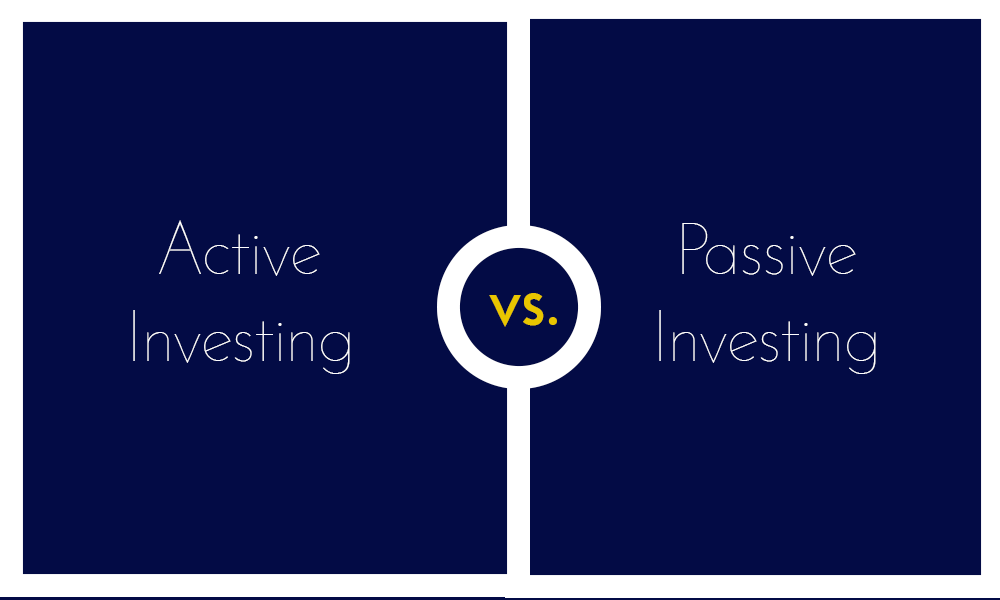This blogger believes, despite the title, that Active investing is not dead – it is just out of fashion now because we have been in a long-term uptrend in the stock market for the past 10 years. He believes the flow of funds from Active to Passive investments will reverse itself if and when the market goes through a several-quarters-long tough stretch. I understand the blogger’s point, but I don’t fully agree. I believe there is always a place for active investing, but the active investor really has to know their business.

Active Investing
Active investors try to beat the S&P 500 return (usually) by attempting to buy undervalued assets at a good price and then selling them at a higher price. The Strong Theory of efficient capital markets hypothesizes that this can’t be accomplished, but there are investors out there who have done it, perhaps only for a relatively short span of time. The most well-known Active investor out there is probably Warren Buffet. Buffet’s (and Berkshire Hathaway’s) advantage is that they have enough cash to purchase entire companies, rather than small-lot shares of companies. They thereby control the cash their investments generate, which is not the case for the ordinary investor. Anyone who dabbles by buying individual stocks believes that their stock picks will outperform the general market, and so they are inherent believers in Active Investing. “Active” is different than “Activist” investing. The latter type of investor tries to influence corporate decisions in some way – think of Carl Ichan trying to oust various corporate management teams.
Economist Joseph Schumpeter coined the term “Creative Distruction”, meaning that new technologies or processes constantly supplant old ones, thereby rendering the old ones obsolete. Creative Distruction means that there will always be new up-and-coming companies out there growing their profits, taking away from older companies, while growing the overall economy in the process. The creation and the destruction means there will always be opportunities for Active investors if they correctly foresee the Creative Distruction. It so happens that most of the “creation” in recent years has been by tech companies. The high cost (in terms of price to earnings or price to sales) of these tech companies is off-putting to traditional Active investors who tend to be more value-driven. Nontheless, Active investors who have been on top of the “tech wave” and “FAANG” stocks have done well in recent years.
Passive Investing
Passive Investing means you buy index funds. You may tinker with allocation levels among different funds and different asset classes, but you are not trying to pick individual stocks. This type of strategy is lower maintenance, lower cost (in terms of fees and commissions paid to fund managers), and it fits with Modern Portfolio Theory and the Efficient Markets Theory, which posits it is impossible to outperform the index.
It is true that most stocks are correlated, and if it is theoretically impossible to outperform the market, you may as well join in and invest in index funds. It is also appealing to save money by investing in low-cost Index ETF’s through the likes of Vanguard. Also, if you have a day job and a family, then use your mental energy for those tasks rather than looking at your investment portfolio every day. Index ETF’s are a great innovation – themselves evidence of Creative Destruction in the financial services industry.
IMO
My point is to educate you about Active vs. Passive investing, show some examples of each, and get you to think about how you invest in what you invest in within the framework of Active vs. Passive. It may not be “cool” or “macho” to think of yourself as Passive, but it is probably the best way for you to achieve your financial goals.
